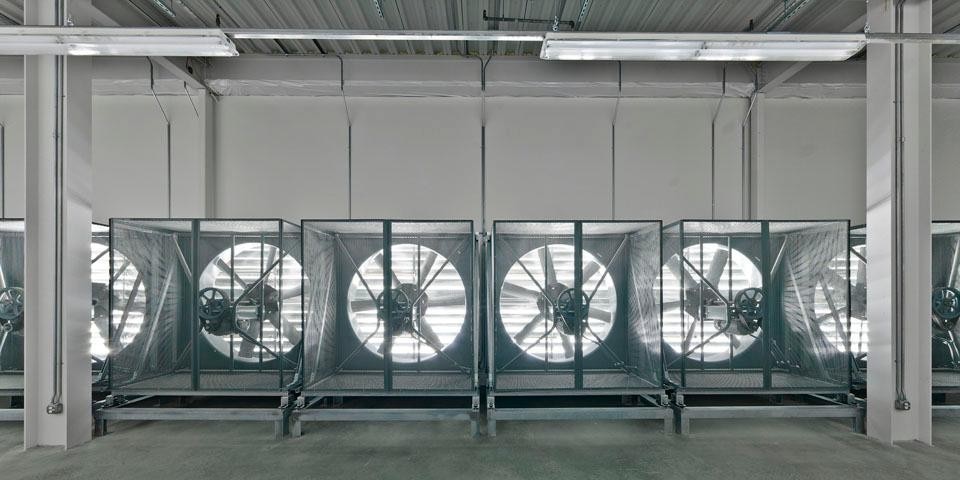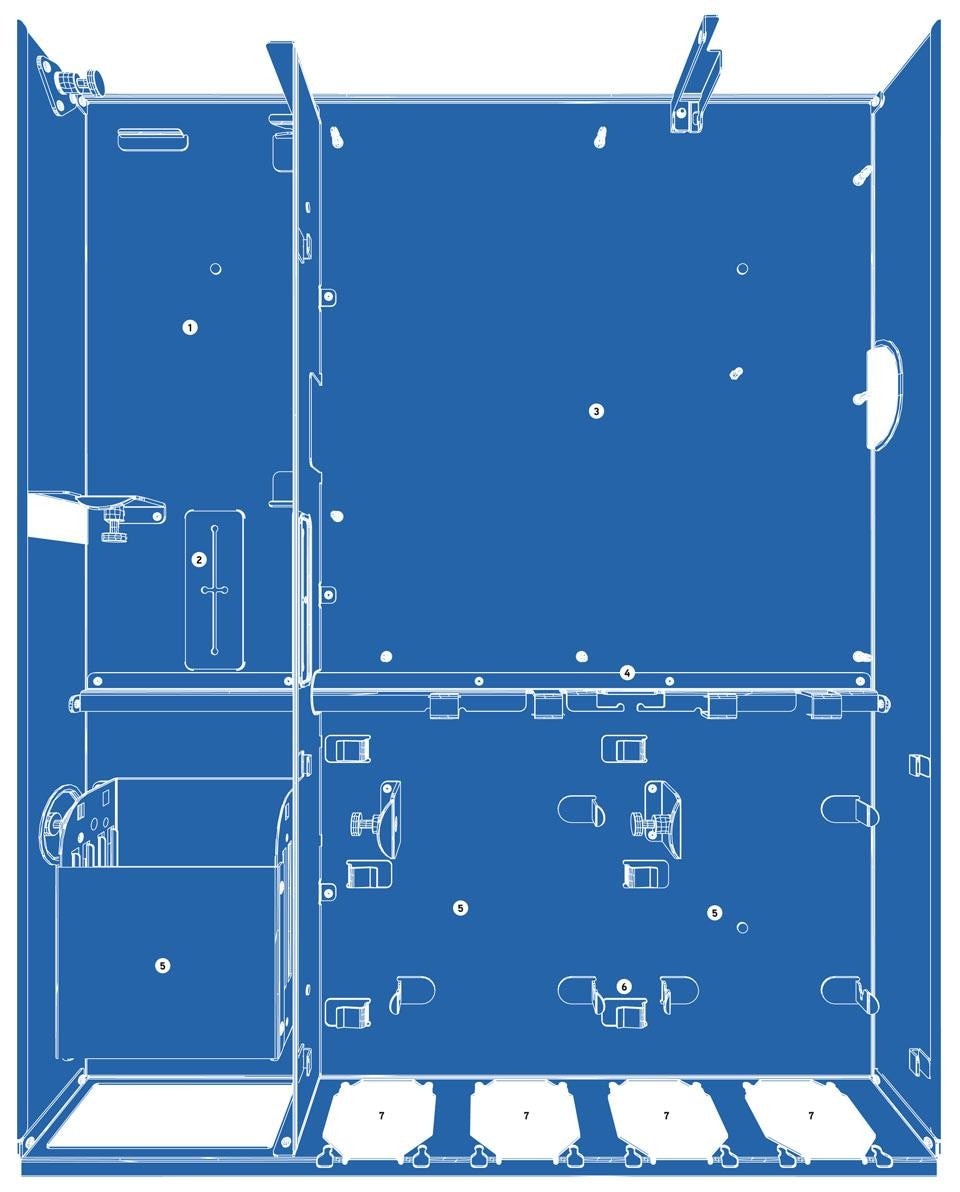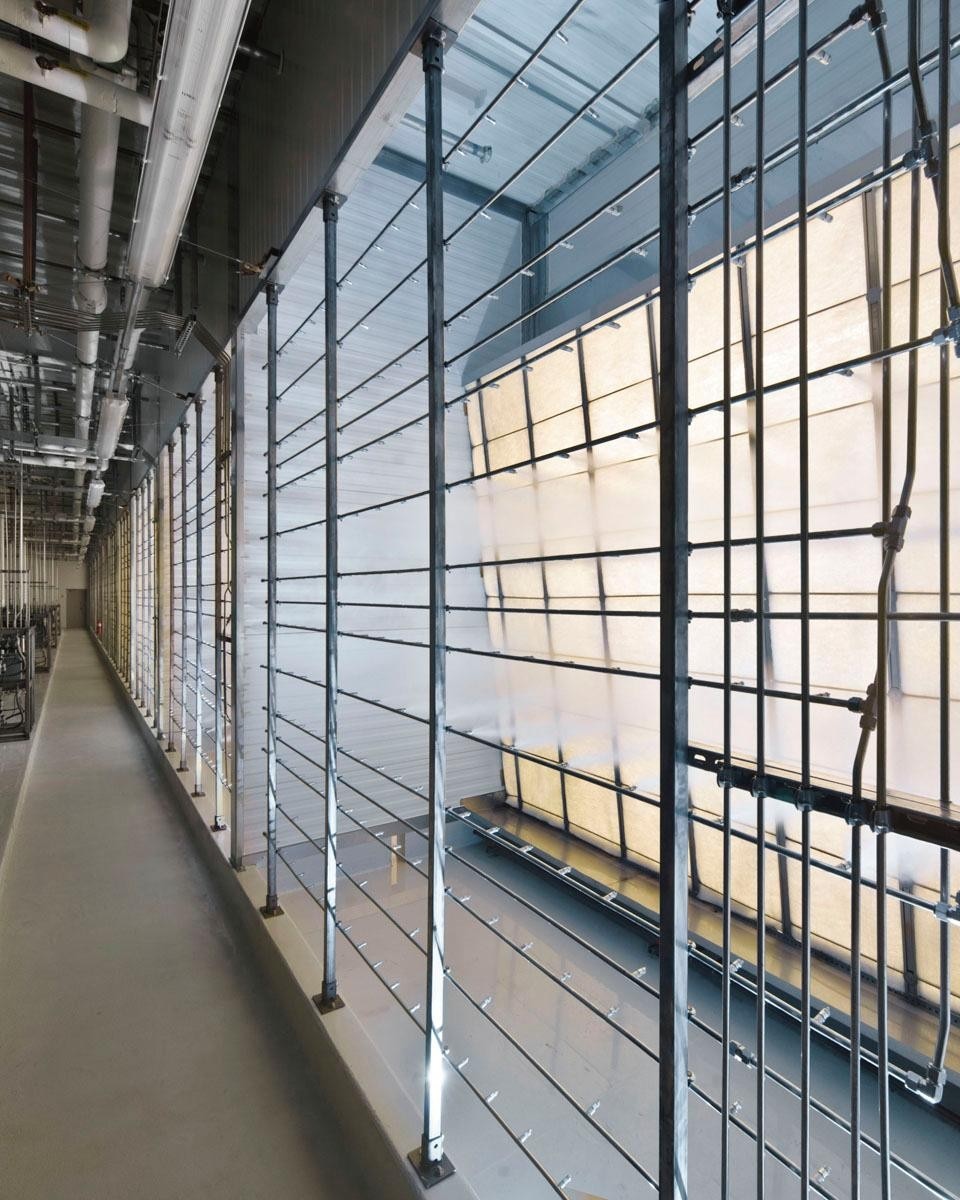How sharing can be structured
When we talk about the architecture of the Internet, the image that comes to mind is of a map of Internet nodes. It was printed onto a poster that was taped to a wall in the Wired.com offices when I worked there. Groups of servers clustered together like neurons, connected by electricity and organised according to some gravity-live principle, the network effect. What mattered was the structure of the information–what servers were connected to what other servers.
That was the vision of the first generation of the Internet. While nominally networks connected together people, really they connected people with stuff, be it physical or digital. Google, eBay and Amazon were the defining companies of this era because they were the best at connecting you with what you wanted. You searched and found within the giant pulsating pile of computers hooked together by fibre-optic cables.


But for all the success of digital projects of this type, what about the real world? It's one thing to get a bunch of nerds together to build software, but try and design a building like that. Well, maybe you can. Or at least it's HVAC system. Facebook, the arbiter of sharing, has decided to push out its own designs for Web servers—and the buildings that house them—into the open ecosystem without any constraints on their usage.
The company's Open Compute Project describes in detail how to construct an energy-efficient data centre from the components inside the servers to the racks they're held on, and to the electrical and mechanical systems that feed and cool them. Presumably, Facebook stands to gain from the improvements other people make on its ideas in creating their own data centres. In the meantime, they're willing to give what they've got away.
The definition of privacy is as unstable as the concept of intellectual property. In many different spheres, cooperation seems as viable a strategy as competition. Everyone shares and likes.


While the climate and strictures of the real world bear down on Internet companies, Facebook, at least, is attempting to meet those challenges with the share and share alike consciousness that has developed online.
Alexis Madrigal, journalist and writer



